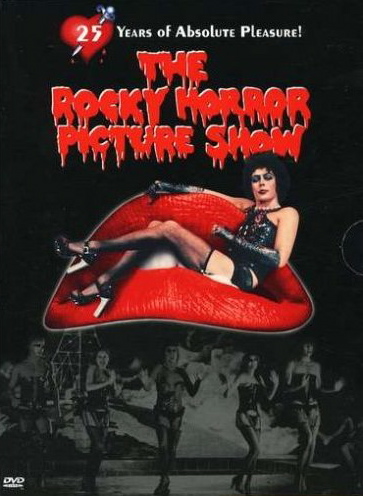
My younger Large Smelly Boy plans birthday parties with the frightening precision of an engineer. Felix Unger? Meet Martha Stewart.
He begins months in advance, poring over magazines and listing all the activities he wants to do and all the recipes he wants to make. He redoes his lists. He designs his invitations. He insists it won’t rain and that he will be the one to splay open the pita. What he doesn’t do on a spreadsheet he makes up for with a timeline.
So it went that on a recent day when my calendar was crammed to the gills I found myself in Craft Store Hell tracking down adorable sparkly gold drawstring bags that he insisted meant everything to his idea of Party Perfection.
Before that, it was Household Goods Box Store Hell and a phone conversation that went something like this:
Me: They have piñatas, which means we don’t have to make one from papier mache, right? Do you want one?
Him: (Evasive mumble mumble.)
Me: They have a pirate, a fish, a parrot, a mermaid and … let’s see … a penguin. Which one do you want?
Him: (Evasive mumble mumble.)Me: Do you want a piñata?
Me: This is your chance to get a piñata.
Me: You realize I’m not going to have time to do the papier mache, right?
Me: Do you want a penguin?
Me: I’m going to have to leave now.
Him: Wait! What do they have again?
Me: A pirate, a fish, a parrot, a mermaid and a penguin.
Him: What?
Me: A pirate, a fish, a parrot, a mermaid and a penguin.
I loaded a penguin in the back end of the Large Smelly Boymobile.
***
We bought three large bags of candy for the piñata and for Halloween night. I casually say bought, for picking out just the right packages required a frenzied fit of worry. I’m still sort of amazed we didn’t spend the night surrounded by Snickers Bars and Butterfingers.
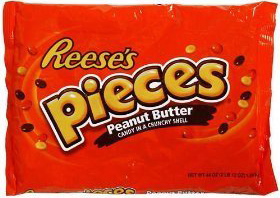 Who knew small packages of Reese’s Pieces don’t come in individual bags? They can only be bought in a mixture of candy. We discovered this only after looking over Every. Single. Box. Of. Candy. In. The. Aisle. Candy mixtures that include distasteful candies apparently do not equal Party Perfection. This is a problem. This requires looking through all the mixture bags to find one with the most Reese’s Pieces and the fewest distasteful candies.
Who knew small packages of Reese’s Pieces don’t come in individual bags? They can only be bought in a mixture of candy. We discovered this only after looking over Every. Single. Box. Of. Candy. In. The. Aisle. Candy mixtures that include distasteful candies apparently do not equal Party Perfection. This is a problem. This requires looking through all the mixture bags to find one with the most Reese’s Pieces and the fewest distasteful candies.
A few days before the party I came home and the penguin was sitting on the dining table and the large bags were nearly empty of candy. The LSB had pawed through the bags, picked out his favorite pieces and stuffed them all in the piñata. Only the Twizzlers and Milk Duds were left.
This had been a giant mound of candy I had envisioned would be doled out among many dozen trick-or-treaters who could rampage at will through the neighborhood stoked up on high-fructose corn syrup.
Instead, now most of it was in the butt of a penguin that would be whacked open, and it would be divvied up among six Large Smelly Tweenagers who would be confined to my living room for several hours.
Continue reading ‘Rocky Horror’ and the finer points of parenting
 One of Art Scatter’s favorite blogs is
One of Art Scatter’s favorite blogs is  Their latest consideration is another of my favorites at the museum,
Their latest consideration is another of my favorites at the museum, 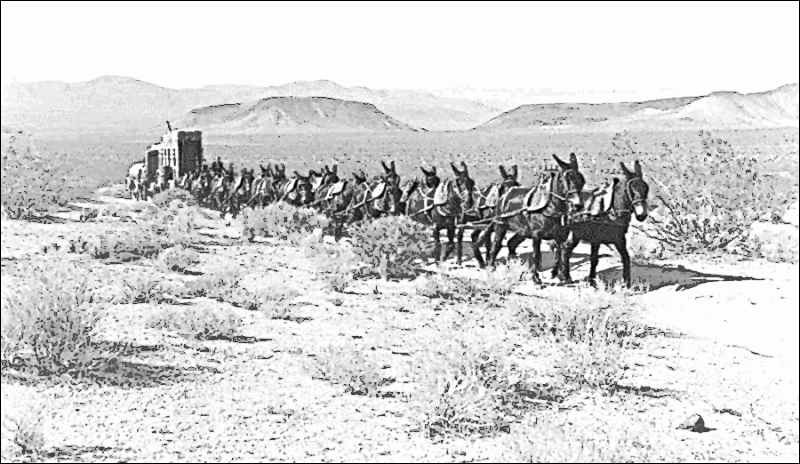
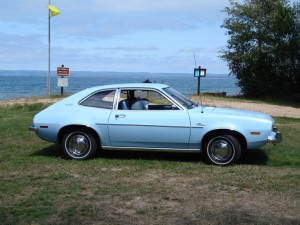 And I like thinking about a mule as a Chevy and a horse as a Ford, although the only time that most of America really focuses on horses — Kentucky Derby weekend — the proper vehicular analog might by the Maserati: It goes really fast, and it’s always breaking down. City slicker that I am, I’m afraid I’m currently pretty much a Honda and Toyota man, although I did once own a Ford Pinto — most uncomfortable car ever created, and let’s not even think about those exploding fuel tanks.
And I like thinking about a mule as a Chevy and a horse as a Ford, although the only time that most of America really focuses on horses — Kentucky Derby weekend — the proper vehicular analog might by the Maserati: It goes really fast, and it’s always breaking down. City slicker that I am, I’m afraid I’m currently pretty much a Honda and Toyota man, although I did once own a Ford Pinto — most uncomfortable car ever created, and let’s not even think about those exploding fuel tanks. In the meantime, Mrs. Scatter has whomped up a tasty-smelling veggie chili for dinner tonight. And as she’s scampered off with the smaller Large Smelly Boy to some sort of mallish destination in search of pants that actually fit him — update, via Blackerry: “I’m in hell. Stores: 4. Pants: O. Next up: Refreshments. Then more stores. You OK getting Michele? I’ll aim for being home at 5.” — it is my solemn task to monitor, stir, and maybe even subtly alter the soup on the stove.
In the meantime, Mrs. Scatter has whomped up a tasty-smelling veggie chili for dinner tonight. And as she’s scampered off with the smaller Large Smelly Boy to some sort of mallish destination in search of pants that actually fit him — update, via Blackerry: “I’m in hell. Stores: 4. Pants: O. Next up: Refreshments. Then more stores. You OK getting Michele? I’ll aim for being home at 5.” — it is my solemn task to monitor, stir, and maybe even subtly alter the soup on the stove.
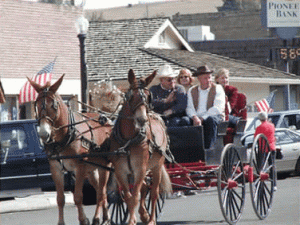 Yes, Mule Days. As in Harry S Truman. As in
Yes, Mule Days. As in Harry S Truman. As in 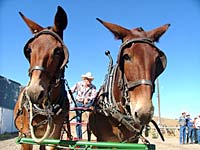 This is not the Sport of Kings, with sleek beauties like Secretariat to give an aesthetic gloss to the gambling and occasional gore. This is mules, the sterile offspring of male donkeys and female horses, who are strong and capable but also awkward and funny-looking, with heads too big for their bodies and ears too long for their heads.
This is not the Sport of Kings, with sleek beauties like Secretariat to give an aesthetic gloss to the gambling and occasional gore. This is mules, the sterile offspring of male donkeys and female horses, who are strong and capable but also awkward and funny-looking, with heads too big for their bodies and ears too long for their heads. No computer screens today, though. On most Sunday mornings Destino offers a bonus: Guitarist John Dodge sits on a stool in the corner by the kids’ toys, small amp propped on a chair beside him, and gives the French blend and bagels a musical setting. It’s melodic, and just the right decibel, and a bit Robert Browning-ish in its simple elegance: All’s right with the world.
No computer screens today, though. On most Sunday mornings Destino offers a bonus: Guitarist John Dodge sits on a stool in the corner by the kids’ toys, small amp propped on a chair beside him, and gives the French blend and bagels a musical setting. It’s melodic, and just the right decibel, and a bit Robert Browning-ish in its simple elegance: All’s right with the world. Here’s the thing. Arts people have been around a very long time, and no matter how hard you kick ’em around, they keep popping back up.
Here’s the thing. Arts people have been around a very long time, and no matter how hard you kick ’em around, they keep popping back up. Sojourn is a Portland-based company that tours the country, developing and performing community-based plays that usually coalesce around specific themes. For the last year, among a myriad of other activities, it’s been working on a new piece called On the Table that looks at food, and how it’s grown and distributed, and the choices we make about it, and the impact it has on various communities. A lot of field reporting (in this case, literally) goes into a typical Sojourn show, and that takes time and resources. Company director Michael Rohd figures the project has another year to go: “The show will happen Summer 2010 simultaneously in PDX and a small town 50 miles from PDX, and explores the urban/rural conversation in Oregon, culminating with a bus trip for both audiences and a final act at an in-between site,” he says.
Sojourn is a Portland-based company that tours the country, developing and performing community-based plays that usually coalesce around specific themes. For the last year, among a myriad of other activities, it’s been working on a new piece called On the Table that looks at food, and how it’s grown and distributed, and the choices we make about it, and the impact it has on various communities. A lot of field reporting (in this case, literally) goes into a typical Sojourn show, and that takes time and resources. Company director Michael Rohd figures the project has another year to go: “The show will happen Summer 2010 simultaneously in PDX and a small town 50 miles from PDX, and explores the urban/rural conversation in Oregon, culminating with a bus trip for both audiences and a final act at an in-between site,” he says.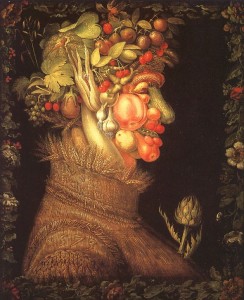 *************************
************************* Yes, the large, smelly boys bickered in the backseat.
Yes, the large, smelly boys bickered in the backseat. No, a wine library isn’t where you get a special card to check out what you want.
No, a wine library isn’t where you get a special card to check out what you want.

 This time out Coburn’s tackling the omnibus economic bailout plan — surely a target for some tough critical thinking: How many Dutch boys with their fingers in the dike does it take to keep the thing from bursting, anyway? Unfortunately, it’s not just Coburn’s finger that’s all wet. His Amendment No. 175 to the economic stimulus bill is tough, and it’s critical. But it’s utterly lacking in thinking.
This time out Coburn’s tackling the omnibus economic bailout plan — surely a target for some tough critical thinking: How many Dutch boys with their fingers in the dike does it take to keep the thing from bursting, anyway? Unfortunately, it’s not just Coburn’s finger that’s all wet. His Amendment No. 175 to the economic stimulus bill is tough, and it’s critical. But it’s utterly lacking in thinking.